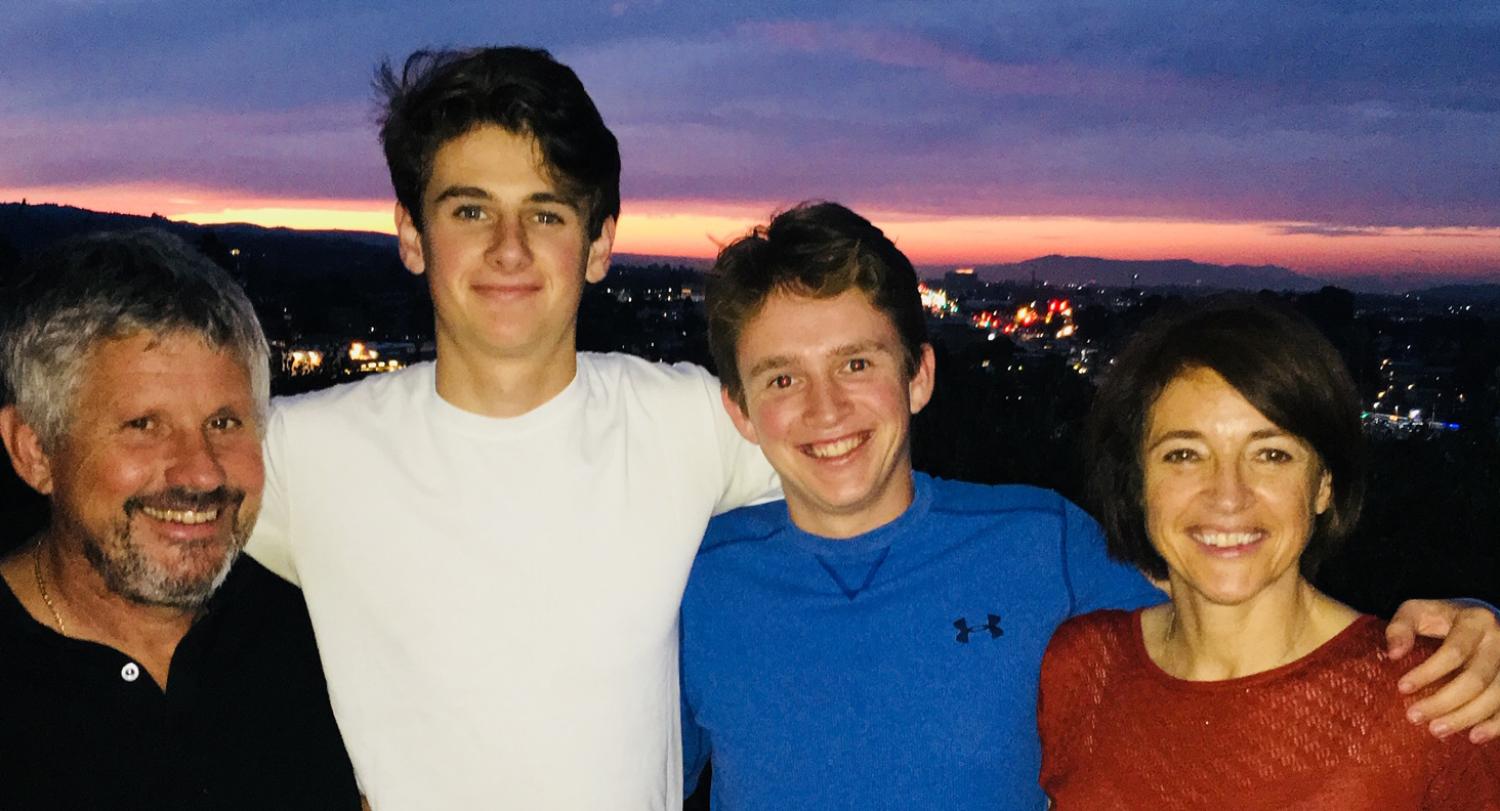
It Started at CU

Lincoln McBride (PhDChem’85) of Belmont California, is retired from Applied Biosystems (ABI), now biotechnology product company Thermo Fisher. In March, the FDA approved Thermo Fisher’s COVID-19 testing using fluorescent DNA probe-based real-time PCR technology he invented and led to commercialization in the 1990s.
What did you work on in Amgen founder Marvin Caruthers’ laboratory while at CU?
I helped identify and develop methods for structural optimization, synthesis and purification of phosphoramidites, the key building blocks for solid-supported, automated DNA synthesis, which has helped fuel the biotech revolution.
How do you best describe the technology that you drove at ABI?
Our 7700 TaqMan Real-Time PCR System used fluorescent DNA probes which enabled scientists to detect and quantify minute amounts of genetic material with unmatched speed sensitivity and accuracy. These “TaqMan” probes were made on ABI’s automated DNA synthesizers using the phosphoramidite chemistry invented in Marv’s lab.
How is that technology now used to fight COVID-19?
Twenty-five years after shipping our first prototype, my team and ABI as a whole can still be proud. The most recent generation of our technology available from several companies has proved to be today’s gold standard for detecting the presence of viral genetic material.
How did Marvin Caruthers significantly impact your career?
Of course, Marv has good ideas and intuition, but what sets him apart is that he was an amazing leader, ahead of his time. I believe it’s a badge of honor for him to have assembled such talented, diverse and even somewhat unruly teams.
Is there anything else you’d like to share with us?
My parents went to CU and I was born in Boulder. My father, William R. McBride (ElEngr’58), was the leader of CU’s gymnastic team. He invented the first fully automated coin sorters, counters and wrappers in the 1960s. My mom, Sharon K. Zubler was the 1956 valedictorian of Monticello (Iowa) High School. She dropped out in 1958 to take care of me when my parents moved to Rochester, Michigan. She would have made an amazing CEO.
Read a longer version of this article in the Colorado Arts and Sciences Magazine.
Photo courtesy Lincoln McBride

